Health and Wellness Trends
Health and wellness trends are reshaping consumer behavior, significantly impacting the Dairy-Free Cream Cheese Market. As individuals become more health-conscious, they are actively seeking products that align with their wellness goals. Dairy-free cream cheese is often perceived as a healthier alternative to traditional cream cheese, appealing to those looking to reduce saturated fat and cholesterol intake. Market Research Future indicates that the demand for healthier food options is on the rise, with consumers increasingly scrutinizing ingredient labels. This trend is likely to drive growth in the Dairy-Free Cream Cheese Market, as brands respond by offering products that are not only dairy-free but also enriched with additional nutrients, such as probiotics and vitamins.
Innovative Product Development
Innovation plays a crucial role in the Dairy-Free Cream Cheese Market, as companies strive to differentiate their offerings. The introduction of new flavors, textures, and formulations is becoming increasingly common, appealing to a wider audience. For instance, brands are experimenting with ingredients such as cashews, almonds, and coconut to create unique dairy-free cream cheese products. This innovation is not merely a response to consumer demand; it is also a strategic move to capture market share in a competitive landscape. Recent market analysis suggests that innovative product development could account for a significant portion of the projected growth in the Dairy-Free Cream Cheese Market, with an expected increase in market value reaching several billion dollars in the coming years.
Sustainability and Ethical Consumption
Sustainability and ethical consumption are becoming pivotal factors influencing the Dairy-Free Cream Cheese Market. As consumers grow more environmentally conscious, they are increasingly favoring products that align with their values. Dairy-free cream cheese, often perceived as a more sustainable option compared to traditional dairy products, is gaining traction. The environmental impact of dairy farming, including greenhouse gas emissions and water usage, has led many consumers to seek alternatives. Recent studies suggest that the dairy-free segment is likely to expand as consumers prioritize sustainability in their purchasing decisions. This shift not only reflects changing consumer values but also presents an opportunity for brands in the Dairy-Free Cream Cheese Market to position themselves as leaders in sustainable food production.
Increased Awareness of Lactose Intolerance
The Dairy-Free Cream Cheese Market is significantly influenced by the rising awareness of lactose intolerance among consumers. As educational campaigns and health information become more prevalent, individuals are increasingly recognizing the symptoms and implications of lactose intolerance. This awareness is prompting a shift towards dairy-free alternatives, including cream cheese. Recent statistics indicate that approximately 65% of the global population experiences some form of lactose intolerance, which underscores the potential market for dairy-free products. As a result, the Dairy-Free Cream Cheese Market is likely to see sustained growth as more consumers seek out lactose-free options that align with their dietary needs.
Rising Demand for Plant-Based Alternatives
The Dairy-Free Cream Cheese Market is experiencing a notable surge in demand for plant-based alternatives. This trend is largely driven by an increasing number of consumers adopting vegan and vegetarian diets, as well as those with lactose intolerance. According to recent data, the plant-based food sector has seen a growth rate of approximately 27% over the past few years, indicating a shift in consumer preferences. As more individuals seek dairy-free options, the Dairy-Free Cream Cheese Market is poised to benefit significantly. This shift not only reflects changing dietary habits but also highlights a broader movement towards healthier eating. Consequently, manufacturers are expanding their product lines to include a variety of dairy-free cream cheese options, catering to diverse consumer needs and preferences.


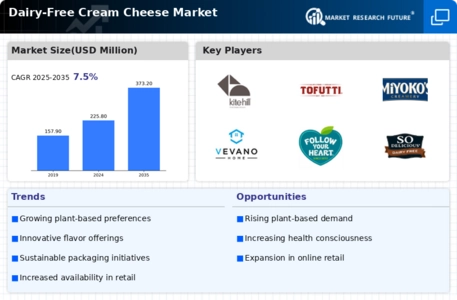

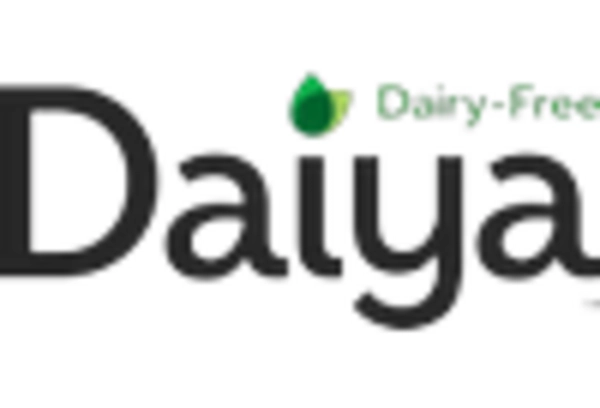
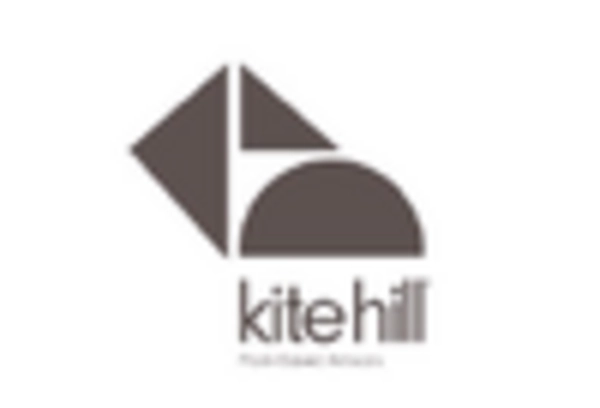
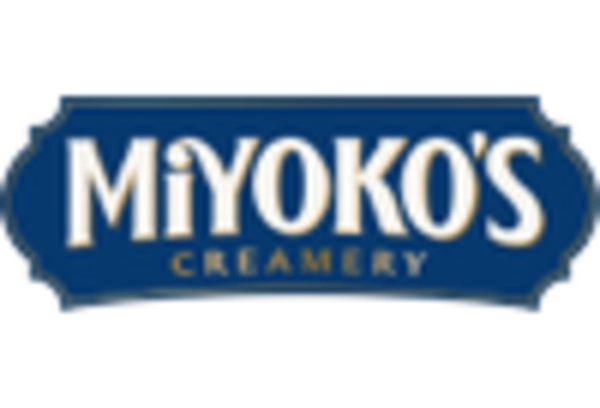
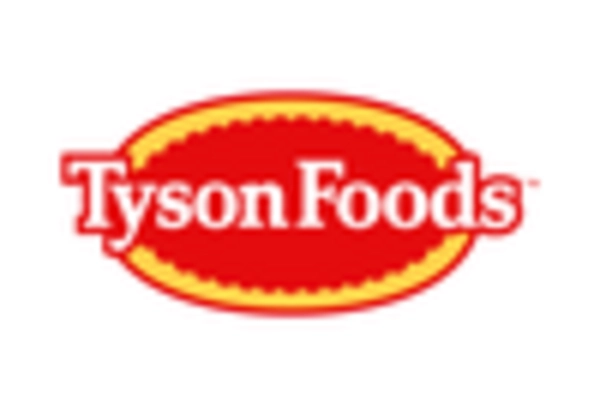

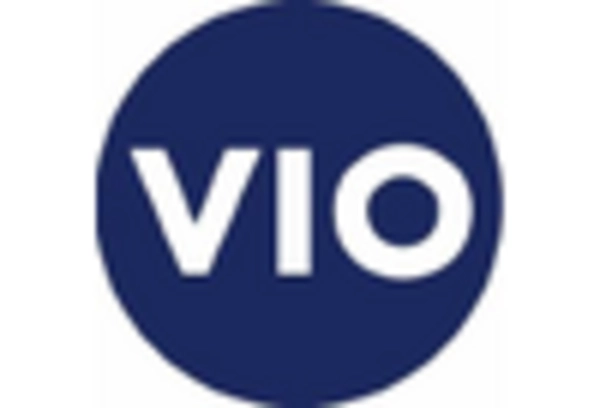








Leave a Comment